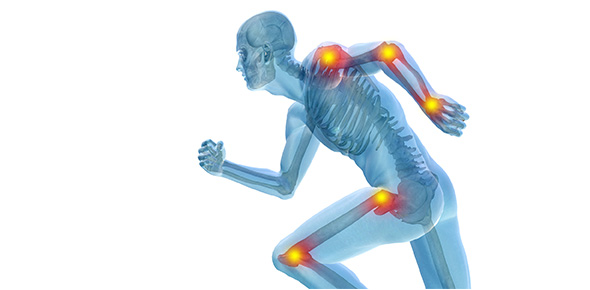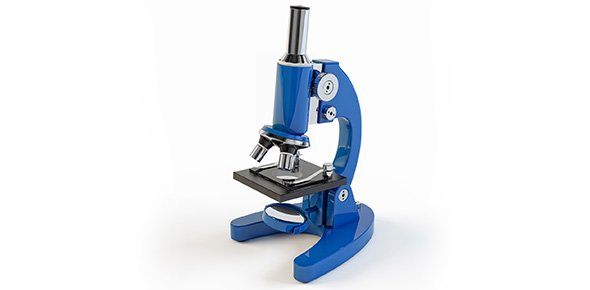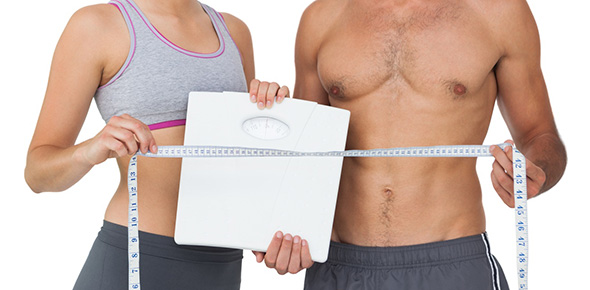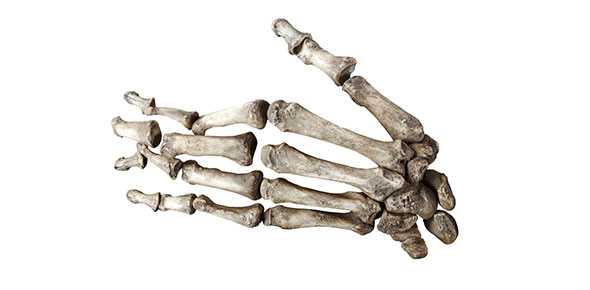Related Flashcards
Cards In This Set
| Front | Back |
|
Exercise Physiology
|
The study of how our bodies' structures and functions are altered when we are exposed to acute and chronic bouts of exercise (deals with performance, prevention, and rehabilitation)
|
|
Sport Physiology (3 main areas of concentration)
|
Applies exercise physiology concepts to an athlete's training and performance (not a lot of $)
|
|
Research Exercise Physiology (3 main areas of concentration)
|
Uses exercises as a model to determine alterations that take place with physiological related processes (how exercise improves health)
|
|
Clinical Exercise Physiology (3 main areas of concentration)
|
Cardiopulmonary and/or special population groups that require specific lifestyle interventions
|
|
Acute Responses and examples
|
Responses to training involve how the body responds to ONE bout of exercise (can even get the results up to 72 hours later)-controls environmental factors such as temp, humidity, light and noise-account for diurnal cycles, menstrual cycles, and sleep patterns-use ergometers to measure physical work in standardized conditions-match the mode of testing to the type of activity the subject usually performs (ex. swimmers aren't going to have to do running protocol)
|
|
Chronic Physiological Adaptations and examples
|
Training to mark how the body responds over time to the stress of repeated exercise bouts (one study was after 9 mo.s of training)-effects of training on the variables examined-effects of disuse/unloading-effects of aging
|
|
Basic Training Principles
|
FIIDDPPSHFrequency, Intensity, Individuality, Duration, Disuse, Progressive Overload, Periodization, Specificity, Hard/easy
|
|
Frequency
|
Number at exercise sessions conducted in a set amount of time (week, month, etc.) Standard 3x a week
|
|
Intensity
|
How hard each exercise session is performed
|
|
Duration
|
How long each sessions is performed
|
|
Individuality
|
Consider the specific needs and abilities of the individual
|
|
Specificity
|
Stress the physiological systems critical for the specific sport
|
|
Disuse
|
Include a program to maintain fitness
|
|
Progressive Overload
|
Increase the training stimulus as the body adapts (check weight lifted every 2 weeks, then evaluate and see if more weight should be added)
|
|
Hard/Easy
|
Alternate high-intensity with low-intensity workouts
|







